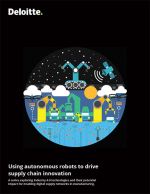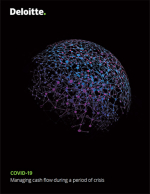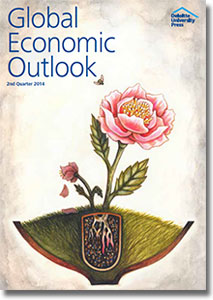Deloitte’s 2nd Quarter 2014 Global Economic Outlook
In this edition of our 2014 Global Economic Outlook quarterly report, we look at the short- to medium-term situation around the world.
For much of the past few years, the major global economic trend was weakness in developed countries and considerable strength in emerging markets.
That appears to be reversing.
Growth is picking up speed in the United States and Europe, while it has declined considerably in most of the major emerging markets. In addition, the inflationary environment in the two groups is very different.
In the United States and Europe, inflation is so low that there are worries about deflation. Consequently, central banks have plenty of wiggle room to maintain aggressive monetary policies, thereby assisting the nascent recovery.
In emerging markets, on the other hand, inflation is uncomfortably high. The result is that central banks are maintaining tight monetary policies, thereby exacerbating economic weakness and delaying recovery.
Finally, much of the trouble in emerging markets stems from a reversal of capital flows. In recent years, due to very low interest rates in the United States, capital has flowed to emerging markets, putting upward pressure on local currencies.
Now, with US monetary policy beginning to change, capital is flowing in the opposite direction, causing downward pressure on currencies. The latter is one reason for the tightening of monetary policy in emerging countries.
Still, despite the slowdown in emerging markets, growth remains higher on average than in developed economies. That is because these countries continue to catch up to the most affluent countries. They can more easily boost productivity simply by shifting workers from farms to factories.
Developed countries, on the other hand, are at the frontier of technology and business best practices. Their productivity growth must come mainly from innovation and implementation of new technologies and business practices. So, although the emerging countries are in a temporary funk, their longer-term prospects remain quite good.
What’s Related




Favorites





